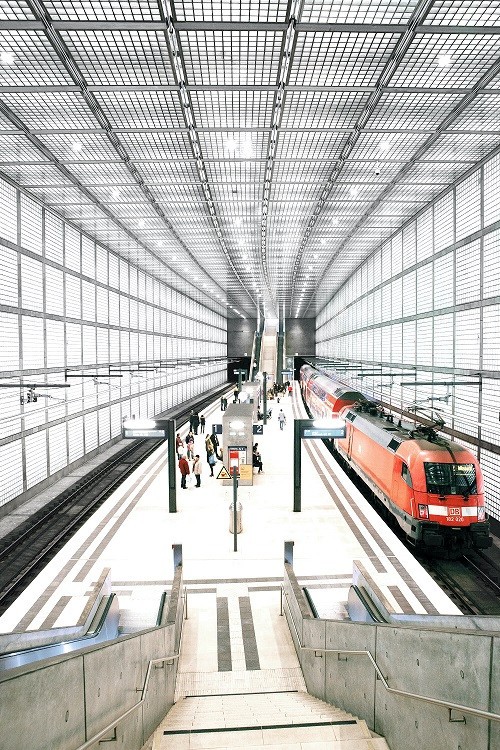How Public Transport Authorities organize intermodal public transportation

Public transport authorities have a crucial role in organizing intermodal transportation, which involves connecting different modes of transport to provide seamless travel for passengers. Intermodal transportation is essential in today’s fast-paced world, where people need to move quickly and efficiently from one place to another. When organizing it, authorities mainly focus on the following elements:
- Coordination between different modes of transport: coordination between systems such as buses, trains, and trams involves developing schedules that synchronize to reduce waiting times and improve the overall travel experience for passengers. It’s also important to ensure that routes and services are interconnected and integrated with other modes of transport, allowing passengers to travel smoothly between them.
- Use of technology: public transport authorities use technology to organize intermodal transportation efficiently by using on-board and on-stop displays and mobile applications to provide real-time information on vehicle arrivals (ETAs) and possible incidents that could affect the service. This information is key to enabling passengers to plan their journeys effectively and minimize waiting times. Of paramount importance also is the fare integration between different modes of transport: different modes may have different fare structures and fare formats (payment methods), which can create difficulties in transferring passengers from one mode of transportation to another. Integrating all fare structures and fare formats under a unified single fare collection platform is critical.
- Integration with third party transport providers: authorities work closely or even directly to regulate the operations of other transport providers such as taxi services, mobility as a service platform (e.g. bike-sharing services), car rental services, etc. to offer passengers other complementary forms of transportation. This integration also helps passengers to travel to areas not sufficiently covered by public transport operations, such as the “first and last-mile” connection (the beginning or end of an individual trip made primarily by public transportation).
- Infrastructure development: authorities also play a crucial role in developing transport infrastructure that supports intermodal transportation. This includes building interchanges, bus terminals, and parking facilities that allow passengers to connect easily with other modes of transport. Developing bicycle and pedestrian infrastructure is also essential, as it enables passengers to switch between modes of transport smoothly.
- Collaboration with stakeholders: effective intermodal transportation requires collaboration between public transport authorities and stakeholders such as city planners, private and public transport operators, and local governments. By working together, these stakeholders can develop integrated transport plans that meet the needs of passengers and support sustainable transport practices.
In conclusion, intermodal transportation is an essential aspect of modern transportation architecture, and public transport authorities play a crucial role in organizing and coordinating it.
Autor: David Alberto Espinosa García
Add new comment
Not show on Home
Inactiu